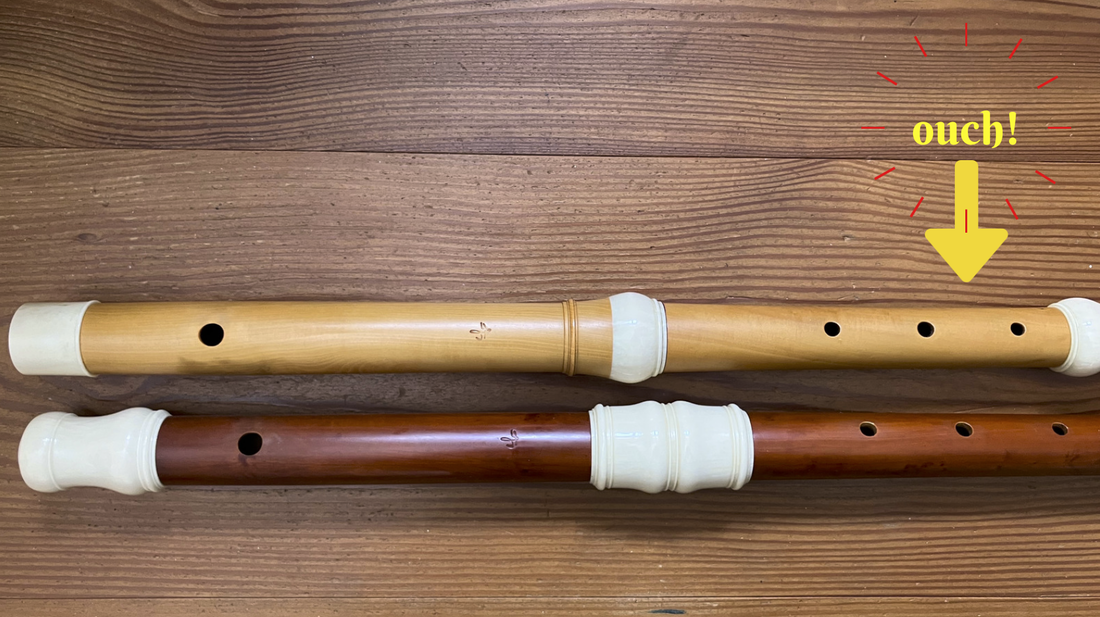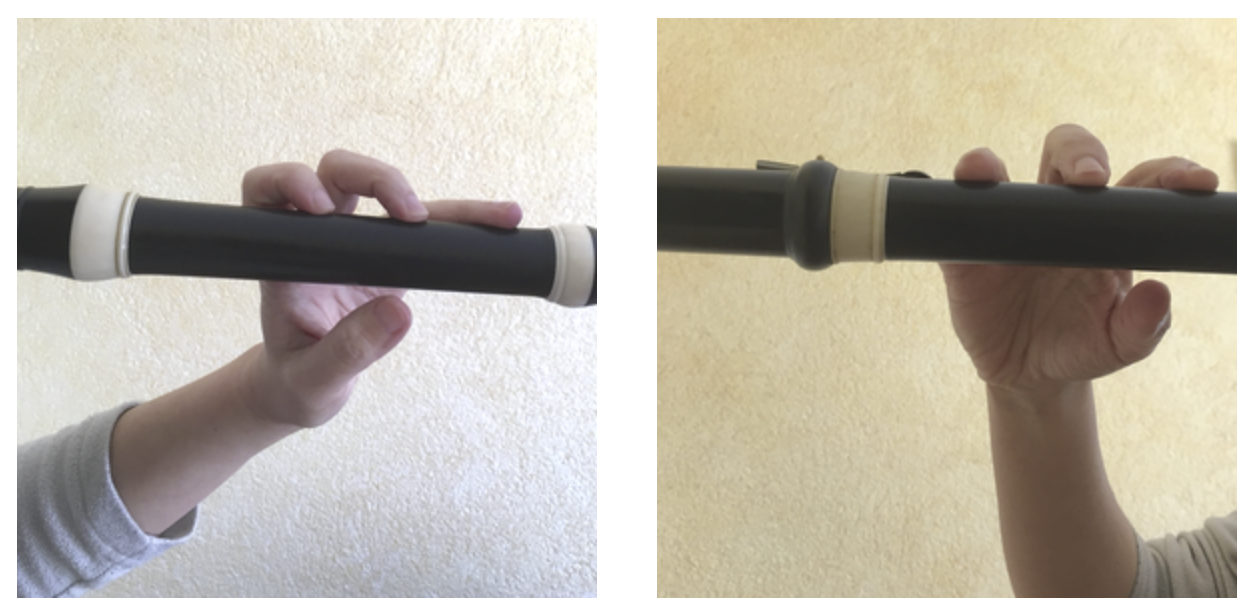|
Here's the Op. 38 Fantasies by Friedrich Kuhlau. Fantasy Nr. 1 has a nice little variation to the Mozart theme "Batti, batti o bel Masetto" from Don Giovanni.
I'm practicing this for an upcoming performance and it feels nice to flex some modern flute technique! Yesterday, I reminded myself to SLIGHTLY RAISE THE RIGHT HAND if I find myself kind of choking the high notes. So for example, if I'm playing a scale is going up, I'd gradually raise my hand just a bit. That seems to guarantee a more secure way of playing notes like high F# and above. Because this is not the normal range of baroque music, it can feel intimidating. It seems to me that by raising the hand, it's an act of working against fear and making sure we don't clamp down in that moment. If you feel some fear, confront it by standing up and standing proud. Resist feeling apologetic. Also, I try to relax my hands and imagine I'm releasing the note, as opposed to just simply playing/producing the note. If you're experiencing a similar issue, try this out and let me know what you think! What's YOUR tip in confronting fear while flute-playing?
0 Comments
I recently received a question about how to deal with the left hand tension on the baroque flute. Especially if the flute model is a larger instrument (say early baroque, or a 3-part instrument where the middle joint is in one piece, or a flute in low pitch), it can really present a problem for players. Add the fact that the 4th finger is our weakest finger, the stretch between our middle and 4th finger can feel impossible.
If you come from the modern flute, you may wonder how people played back then. The problem may never disappear for some players, but I thought to offer what has helped me so far: Try to stand securely, perhaps the feet wider apart than you might normally do, and really shift the center of foundation to as low as possible. When playing, try shifting your weight between your feet every now and then, for me that helps free up that feeling of tension in the hands and allow the fingers to move as relaxed as possible. If I feel like I don't have a solid base, it exacerbates the problem. And now here's maybe a weird visualization - I imagine I'm able to extend my fingers longer than they actually are, somehow that helps me feel like I'm able to accommodate that big stretch and also further relax the fingers. When they're in tension, the fingers bunch up and "become short", which is not desired. Make them long. Also, play around with the position of your left thumb - how does it feel to place it between your 2nd and middle finger? I used to play mostly with the thumb under the 2nd finger, but have found by moving it further down it can help me with 4th finger movements. Since the 4th finger is the weakest finger, I once got a tip from the Italian flutist Laura Pontecorvo to sometimes practice without the thumb. (See my post about it here!) I found this trains the 4th finger to be more independent and may perhaps help improve the issue. I wonder if any of this helps for people. Let me know and feel free to chime in with your way! Above is a photo of my big flutes - a 4-part Scherer and an Hotteterre flute, both by the late Claire Soubeyran. Awhile ago I got a great tip from flutist Laura Pontecorvo to practice playing without the thumb. This was quite a revelation! For me, it trains the hands to relax AND it trains the 4th finger, which is the least independent of all the fingers. You can do this exercise with both thumbs. (but not both at once!) I'd suggest starting with the left thumb first, as the right thumb is a bit more difficult to train due to the position of the hand in connection with the key. And yes, it'll feel wobbly at first and you might think it's not possible, and your hands may tighten even more as you're afraid the flute will drop....But just keep going, position or prepare yourself so should the flute really drop it'll still be safe (near bed or sofa?) Get used to that "hanging" feeling of the fingers, which is actually really useful. You may notice that you can feel the vibrations of the flute more as you play, which is a good sign. That's how I like to play, when everything is lined up (air column, embouchure, articulation, centered and relaxed) and to feel the sound through the fingers is a wonderful sensation.
As mentioned, this is also a great way to train independency and strength of the 4th finger. This is particularly important when playing in keys like F# minor, where often I recommend using Gb rather than F#, especially if there's an E# around. Any permutation of the notes E#-Gb-G# is a tricky combination, and a conscious, independent 4th finger is the key. Try this practicing technique in an isolated pattern and/or in an actual musical passage (think J.S. Bach's Badinerie from the B minor Orchestral Suite). Let me know how it goes!🙌 Any combination involving the 4th finger is always a bit tricky, even though if it generally worked well in practice. Often times what goes wrong in concert is not the passage that you particularly practiced!
I like to think of "extending my 4th finger" as a way to give attention. Probably due to nerves, in difficult passages I catch myself grabbing the flute, fingers become tense and thus they curl and become "short". Keep them "long". |
ABOUT THE BLOG:I got inspired to document my own observations in flute-playing and music-making. Also, I thought it's important to pass on the teachings of the great Wilbert Hazelzet, as well as many other mentors who have influenced my artistic visions one way or the other. Enjoy this potpourri of tips, inspirations, and musings. TOPICS:
All
👉"Teddie Talks Traverso" on YouTube
WorkshopsTEACHING:I'm specialized in coaching historical and modern flutists. CONTACT ME directly to set up a session, in person or online. Archives
May 2024
|



 RSS Feed
RSS Feed